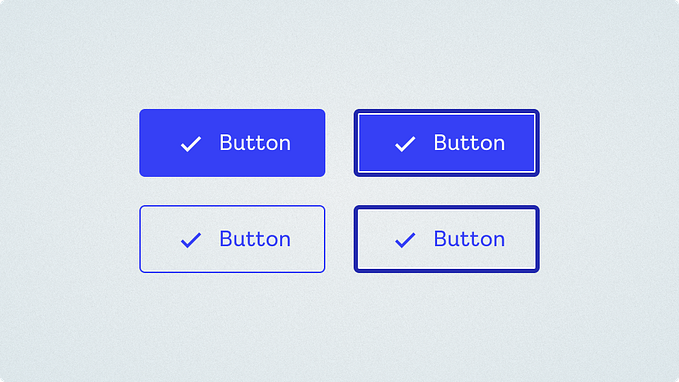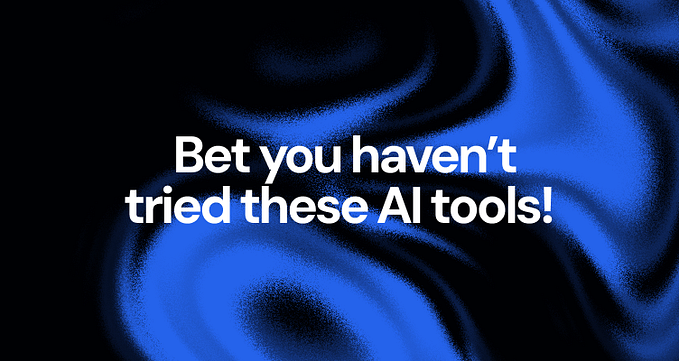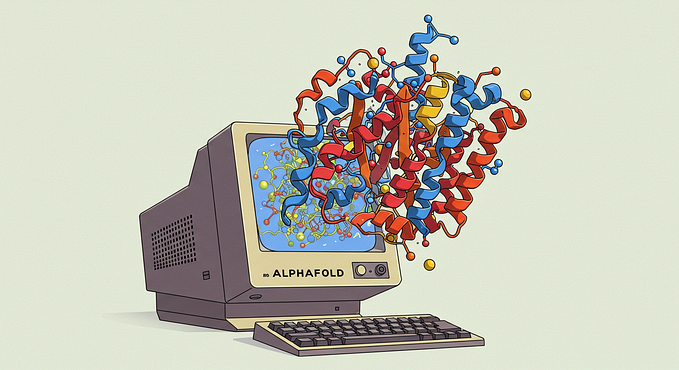Member-only story
How designers can start using AI at work today
Existing and future use cases for AI in web and product design
AI text-to-image tools can feel ‘magical’ at first glance but have many problematic aspects in their training data and implementation right now that require solutions (and law changes) to make them more ethical and viable to use for commercial work. If you are happily avoiding producing full-blown illustrations with these tools, there are plenty of more ethical, smaller ways to include them in your process for a product or web design.
Here are a few you can use today, and a direction I could see things evolving in future.
Avatars for mockups
If you’re designing any kind of app with profiles or a social element (which let’s face it, are a lot of consumer-facing apps these days), then avatars are likely something you work with quite a bit. It can sometimes be a bit painful to get realistic-looking mockups with placeholders or stock photo models, which is where AI can help. A website called This Person Does Not Exist uses AI to create unique faces that aren’t owned by any particular human. One caveat here are that you have to generate quite a few to get a good diverse sampling of people. They seem to skew White/Asian quite heavily, and are only as diverse as their underlying data sources.

Background removal
While these products don’t utilize any of the newer prompt-to-image tech, AI has been assisting with the often tedious job of background removal for some time now. While there are good tools in Photoshop to assist with this process, if you’ve migrated to Figma and left your Creative Suite license behind long ago, there are some good web-based services that will do AI-assisted background removal with very little manual effort.
One example is Removal.ai. Here’s a test I did using a photo from Godisable Jacob via Pexels. You can see it does a reasonably good job with notoriously tricky hair, but also removes a hand accidentally. Not perfect, but most of these tools have editing functions too, for fine-tuning.








